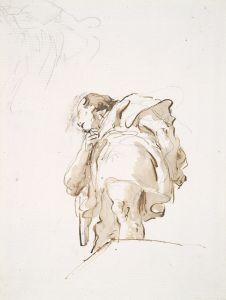
Étude de figures volantes
A hand-painted replica of Luc-Olivier Merson’s masterpiece Étude de figures volantes, meticulously crafted by professional artists to capture the true essence of the original. Each piece is created with museum-quality canvas and rare mineral pigments, carefully painted by experienced artists with delicate brushstrokes and rich, layered colors to perfectly recreate the texture of the original artwork. Unlike machine-printed reproductions, this hand-painted version brings the painting to life, infused with the artist’s emotions and skill in every stroke. Whether for personal collection or home decoration, it instantly elevates the artistic atmosphere of any space.
Luc-Olivier Merson's Étude de figures volantes (Study of Flying Figures) is a work by the French artist Luc-Olivier Merson (1846–1920), who was known for his contributions to painting, illustration, and design during the late 19th and early 20th centuries. Merson was a prominent figure in the Symbolist movement, and his works often featured allegorical, mythological, or religious themes, rendered with meticulous detail and a dreamlike quality.
Étude de figures volantes is a study or preparatory work that focuses on the depiction of flying figures, showcasing Merson's skill in capturing dynamic movement and ethereal forms. As the title suggests, the piece is not a finished painting but rather an exploration of composition, anatomy, and motion, likely intended as part of the creative process for a larger or more complete work. Studies such as this were common among artists of the period, serving as a means to refine ideas and experiment with visual elements before committing to a final piece.
The artwork reflects Merson's interest in the human figure and his ability to convey a sense of weightlessness and grace. The figures in the study are depicted in various poses, suggesting flight or levitation, and demonstrate the artist's understanding of anatomy and movement. While the exact purpose or context of this study is not definitively documented, it aligns with Merson's broader body of work, which often incorporated fantastical and otherworldly imagery.
Luc-Olivier Merson achieved significant recognition during his career, receiving the Prix de Rome in 1869 and later becoming a member of the Académie des Beaux-Arts. In addition to his paintings, he was known for designing postage stamps, banknotes, and stained glass, further showcasing his versatility as an artist. His works were widely exhibited and admired during his lifetime, though his reputation diminished somewhat in the 20th century as tastes shifted away from the Symbolist aesthetic.
Specific details about Étude de figures volantes, such as its date of creation, current location, or whether it was directly connected to a larger project, are not readily available in existing records. However, the piece remains an example of Merson's technical skill and artistic vision, contributing to the understanding of his creative process and the Symbolist movement as a whole.





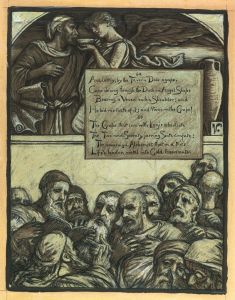

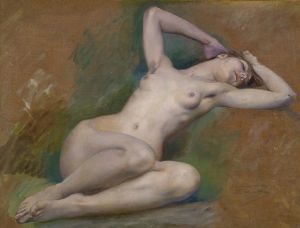
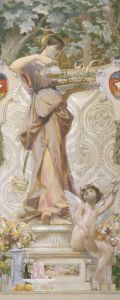
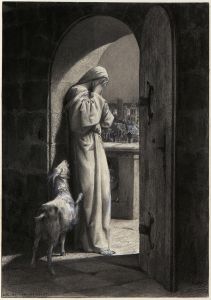
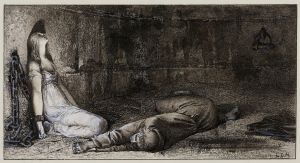
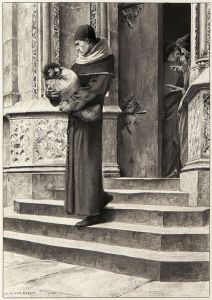
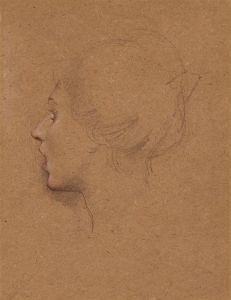
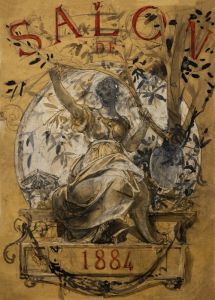

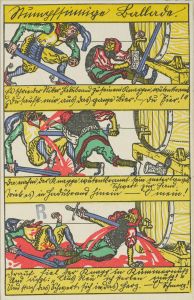
![Design for fine art print, ‘The Mad Dancer’.] [Woodcut print](/imgs/249286/s/winold-reiss-design-for-fine-art-print-the-mad-dancer-woodcut-print-c03b5ea2.jpg)

